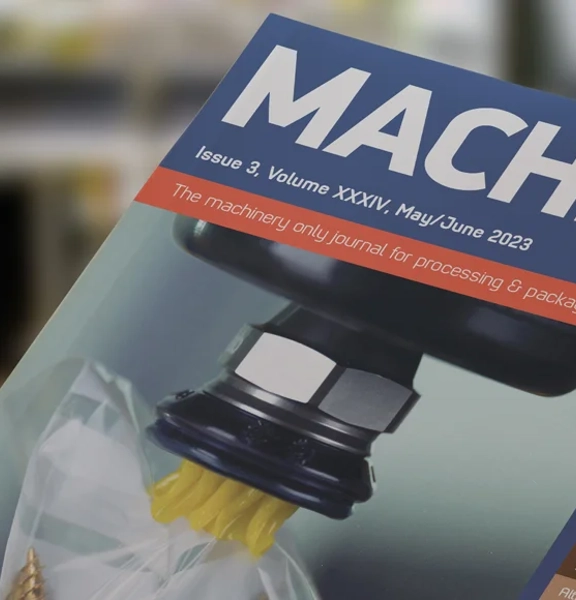Become a member
Take advantage of exclusive member benefits, world class events, networking and specialist support








 Become a member
Become a member 

10 November 2023
Domino Printing Sciences highlights the patient safety measures that may be coming down the line and the steps manufacturers should take now. “While the exact future of pharmaceutical serialisation remains unclear, it is undeniable that patient safety and counterfeit protection will remain of paramount concern,” says Bart Vansteenkiste, global life sciences sector manager at Domino.
Hospitals, pharmacies, and healthcare providers are now realising the benefit of data in helping to protect patient safety. Consequently, pharmaceutical manufacturers are under pressure to provide greater levels of granular information on pharmaceutical products than current legislation requires.
When it comes to pharmaceutical products, serialisation can extend far beyond protecting patients from the risk of counterfeits. It can facilitate increased patient health and safety in pharmacies, hospitals, and community healthcare settings. With more sophisticated serialisation of prescription and non-prescription pharmaceuticals, healthcare staff can ensure that a medicine is not counterfeit and that the right patient gets the right dose, of the right medication, at the right time.
Including a 2D code – containing product, dose, batch code, and expiry date information – on individual strips or blister packs, or even going so far as coding each pocket containing a tablet, can help to reduce the number of cases where patients unintentionally receive the wrong dose of the right medicine, the wrong medicine, or, in some cases, no medicine at all.
In some countries, pharmacists are legally required to only sell the exact number of tablets a patient needs, meaning they need to open medicine packs. In these cases, if machine-readable codes are only present on the carton pack, all forms of verification and authentication may disappear from the strips or blister packs in the separation process.
Adding more granular data to strips and blister packs of medicines can allow for better inventory control within hospitals, care homes, and other healthcare facilities to improve medicine distribution. Scanning 2D codes can allow for automatic electronic validation of medicines to ensure that patients are given the correct medicine and dose. This level of detail decreases dispensing errors and can improve inventory management and stock control by allowing medications to be tracked down to the individual dose level.
The demand for more granular data will necessitate an upgrade to current manufacturing equipment to enable the printing of variable information on blister foil packaging. Until recently, most pharmaceutical manufacturers would buy blister foils pre-printed with product names, dosage information, and branding, and use a basic in-line printing or embossing system to add the batch code and expiry date to the blister in human-readable text.
Adopting an in-line digital printing solution provides the necessary flexibility and can allow manufacturers to respond much more quickly to changes in print requirements. One of the most significant benefits of digital printing solutions for in-line pharma is that many are equipped to handle single-dose serialisation, where unique 2D codes and serial numbers are printed on each pocket in a strip or blister pack.
In addition, whereas in the past, manufacturers would typically have had to wait several days or even weeks for pre-printed foils to arrive in the event of a change in product design; a new legal requirement; or need for a different language; with in-line digital printing, the need for pre-printed foils is negated. Manufacturers can switch from one design to the other in a fraction of the time, while the technology also makes it economically viable to run much smaller batches, for example as few as 50 blisters or less.
By investing in a digital printing solution today, manufacturers can future-proof their production lines and prepare for future serialisation requirements.
Bart Vansteenkiste, Global Life Sciences Sector Manager at DominoTel: 01954 782551
Website: www.domino-printing.com